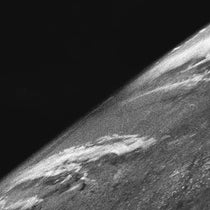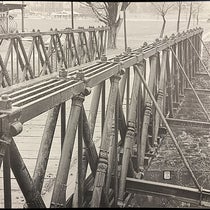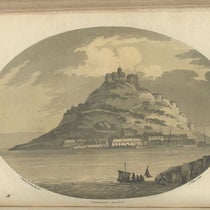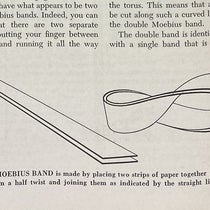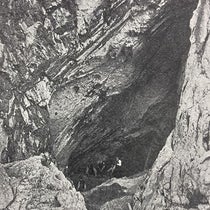Scientist of the Day - Clyde T. Holliday
When most people think of famous views of Earth from space, they recall perhaps the Blue Marble photo taken from the Moon by Jack Schmitt on the Apollo 17 mission, or possibly the Pale Blue Dot captured by Voyager I. Rarely do we think to ask, what was the first photo taken of the Earth from space? And yet there is such a photo, and we know when it was taken, and by whom.
The photo was taken on this date, Oct. 24, 1946. The special camera involved was made by Clyde Thomas Holliday at Johns Hopkins University, and it was a quasi-movie camera, taking an image on film every 1.5 seconds. Technically, or rather, by agreement, space begins at the Kármán line, 62 miles up, so to take a picture from space, you need a rocket to carry your camera beyond that altitude. The camera used on this day in 1946 was ferried into space by a German V-2 rocket, one of many captured by American forces at Peenemünde and brought back to the White Sands Missile Range in New Mexico.
Since the camera shot a frame every second and a half for several minutes, there were quite a few "first photos" taken; the still frame most commonly selected, taken at the peak altitude of 65 miles, is as good as any, showing a segment of Earth from the west coast to Kansas City (first image). The complete film, or a good chunk of it, is also readily available and included in the Wikipedia article on first images from space. Click on the second image at the link, where you see the video indicator.
Not much is known about Clyde Holliday, although there was an obituary in the New York Times after Holliday's death on June 23, 1982, recalling his pioneer work in space photography. He played a role in supplying cameras for several missions into space; what he did later in life, the obituaries do not say. A photograph of Holliday was among a collection of historic space-related photographs sold at auction by Christie’s in 2020, which we borrowed for his photograph here (second image).
I did discover that Holliday is buried in Rockville Cemetery in Rockville, Maryland, under a simple but attractive marble marker (last image).
William B. Ashworth, Jr., Consultant for the History of Science, Linda Hall Library and Associate Professor emeritus, Department of History, University of Missouri-Kansas City. Comments or corrections are welcome; please direct to ashworthw@umkc.edu.






